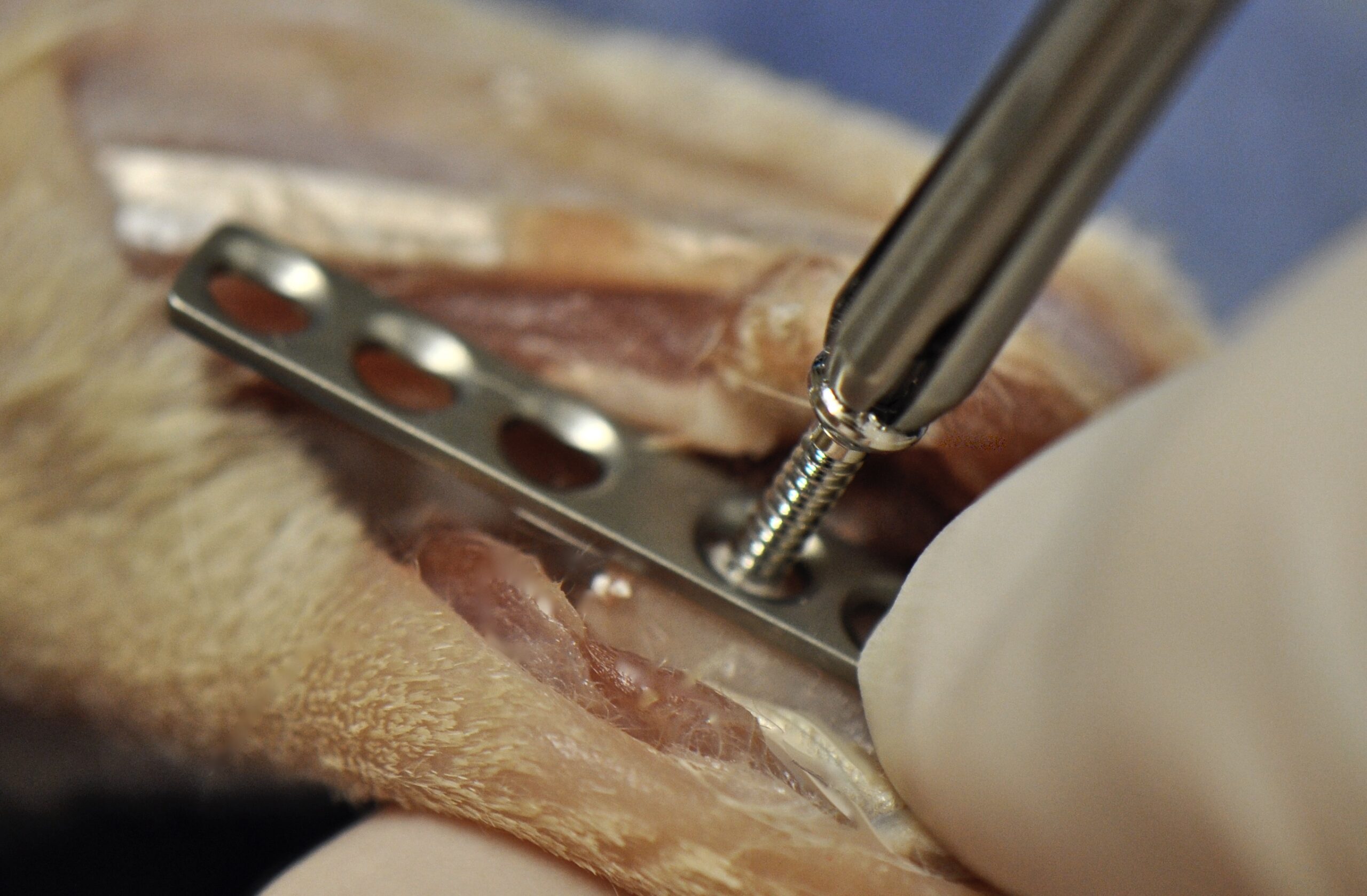Our Workshops

This course offers important information on how to manage the GDV patient; starting with assessing and stabilizing the patient; decompressing the stomach; sedation and anesthesia as well as what to expect and do in surgery and how to perform an incisional gastropexy. The section on case selection will help one stay out of trouble.
Osteoarthritis (OA) is a very common problem in small animal patients. It can be managed using by “applying a band-aid” or it can be managed so that the pet can enjoy a better quality of life for a longer period of time. As with all our workshops; the information offered is evidence-based and blended with years of personal experience.
Spays and neuters are considered routine—but the decisions around them rarely are. This workshop takes a fresh, practical look at what the literature says about timing, risk, and long-term outcomes, and helps you apply it in real-world general practice. It also takes an in depth look at the surgical techniques; demonstrating the various portions of the surgery while providing tips and tricks that can help one become more confident with procedures.
Enhance your confidence in assessing and treating wounds of all types. This workshop covers What you need to know about wounds in order to comfortably and confidently assess them, manage them, properly bandage them and know when to close them or not. Practical, case-based discussions provide clear guidance for managing everything from simple lacerations to complex bite and degloving injuries.
